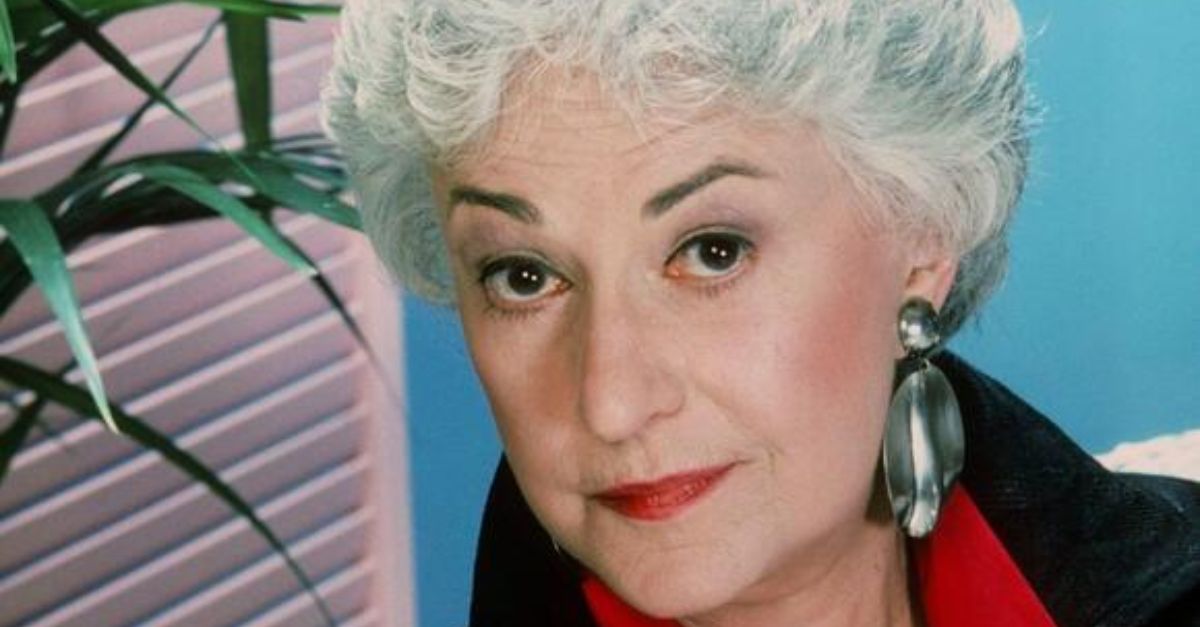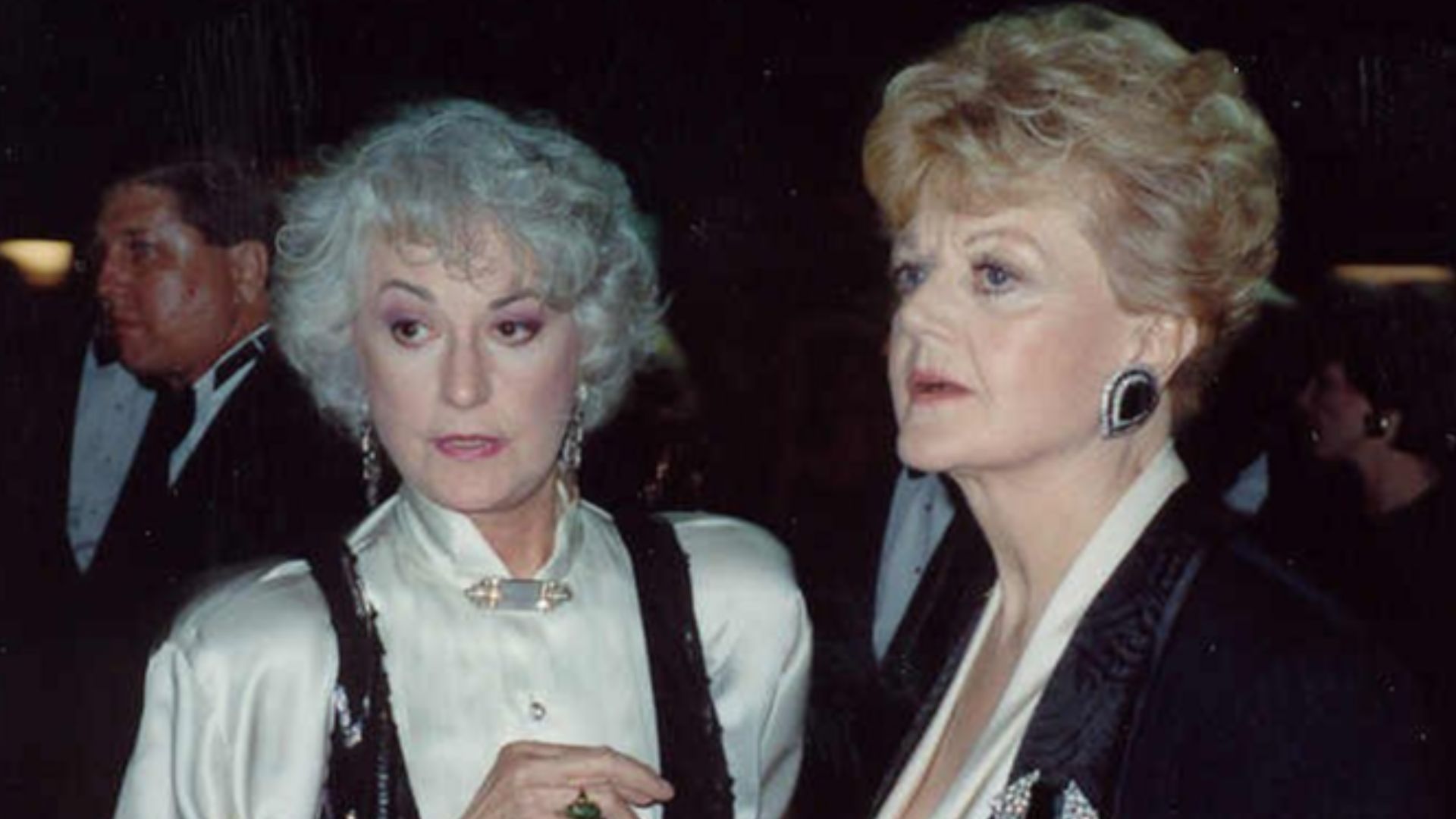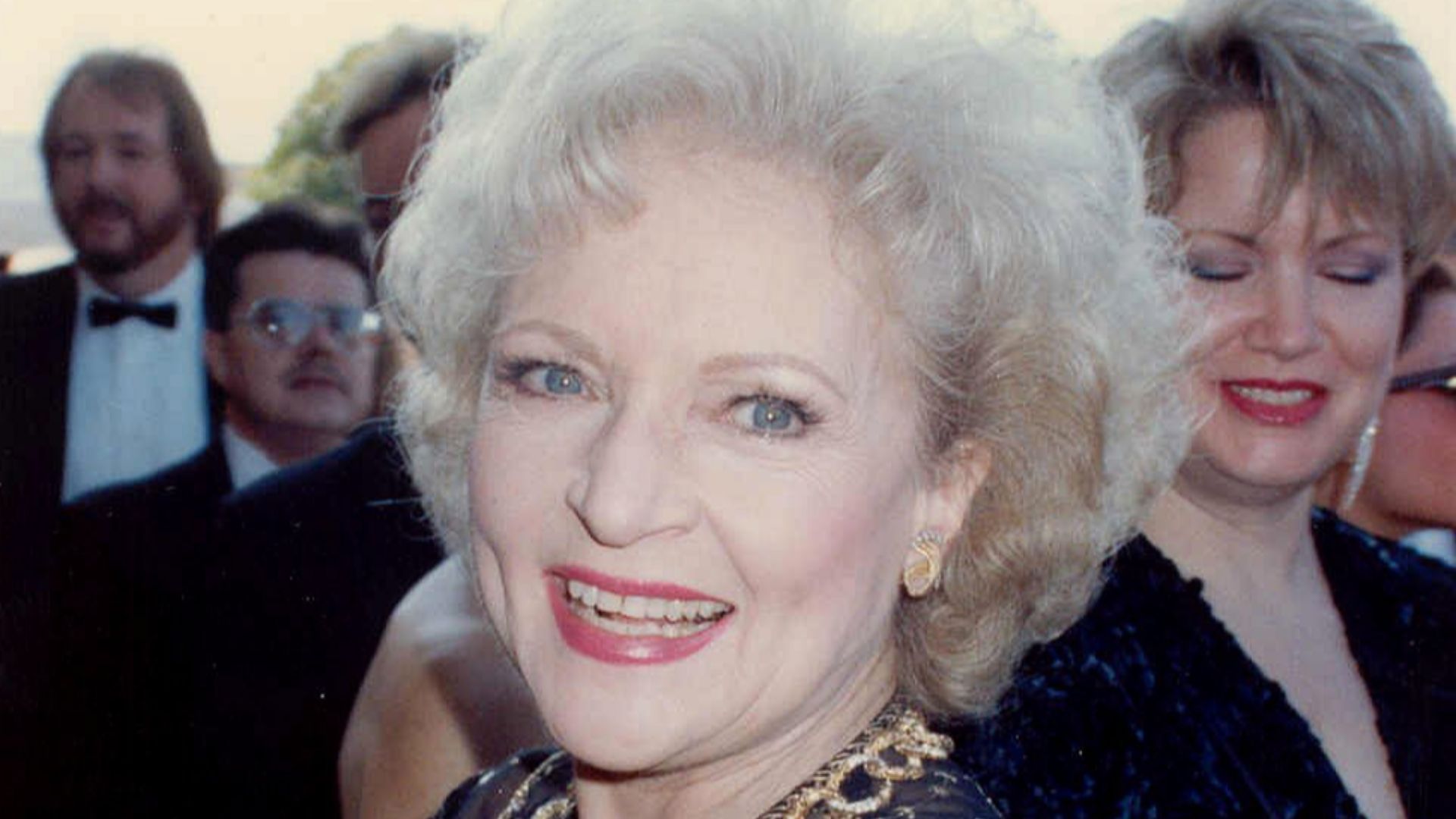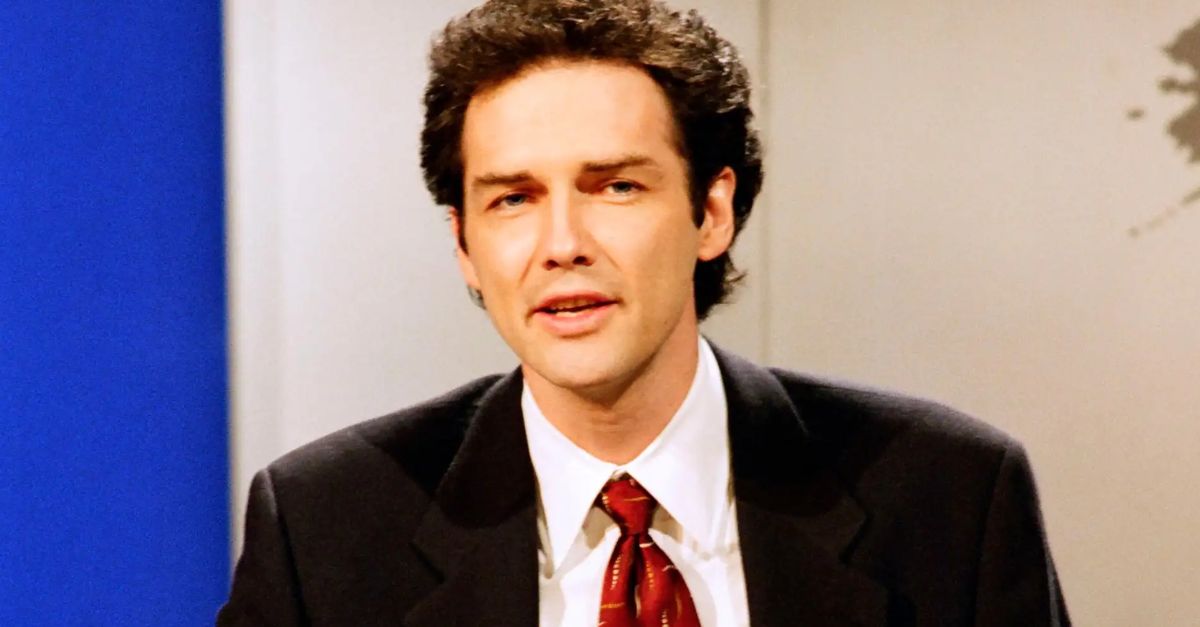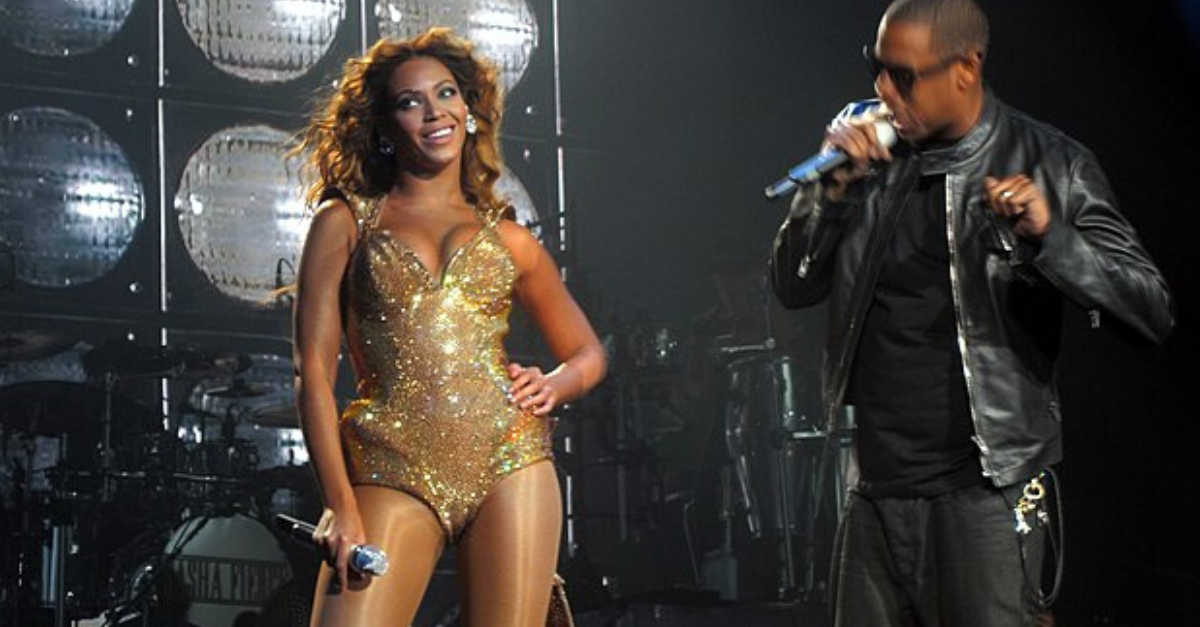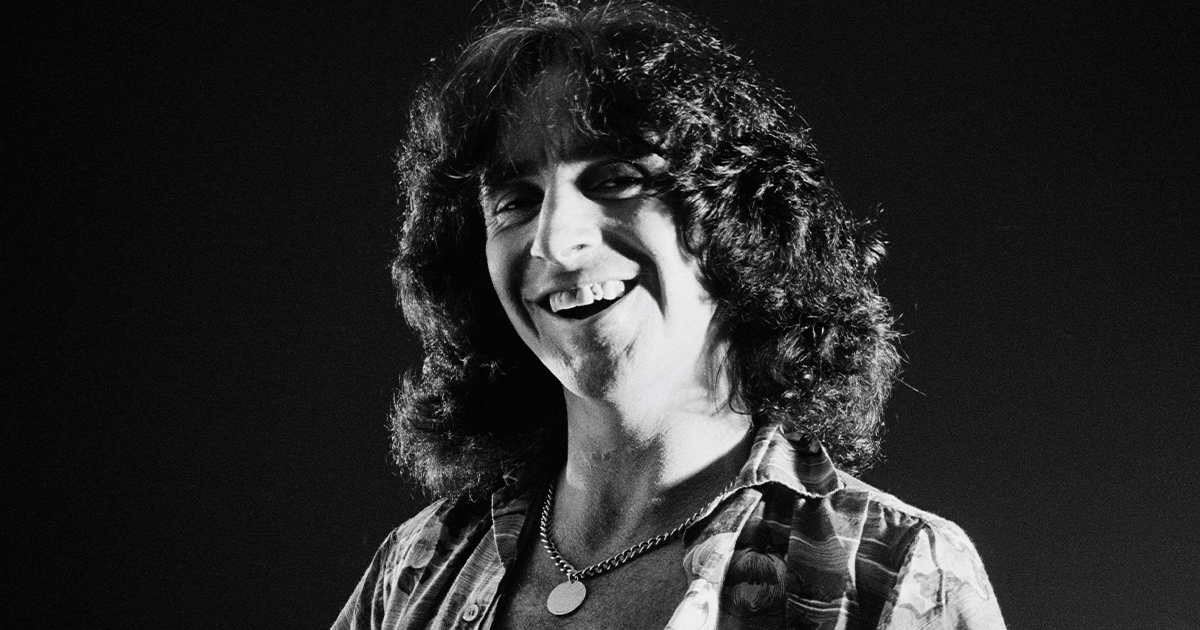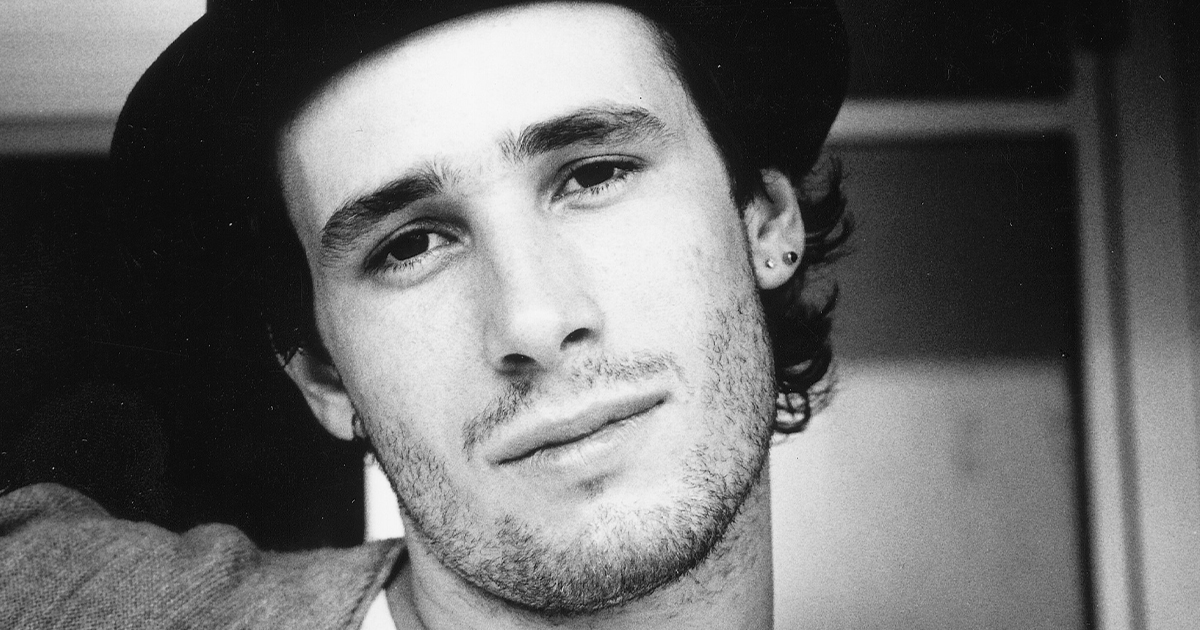Little-Known Golden Girls Moments
Decades after its final episode aired, The Golden Girls still sparkles with humor, honesty, and heart. Yet behind the laughter and late-night cheesecake talks are stories few viewers ever knew.

The Cast Became Disney Legends
In 2009, the four Golden Girls stars were inducted as Disney Legends, an honor awarded to individuals whose work has made a significant impact on the Disney legacy and popular culture. Moreover, the show’s iconic house replica became part of a major theme park’s lore.
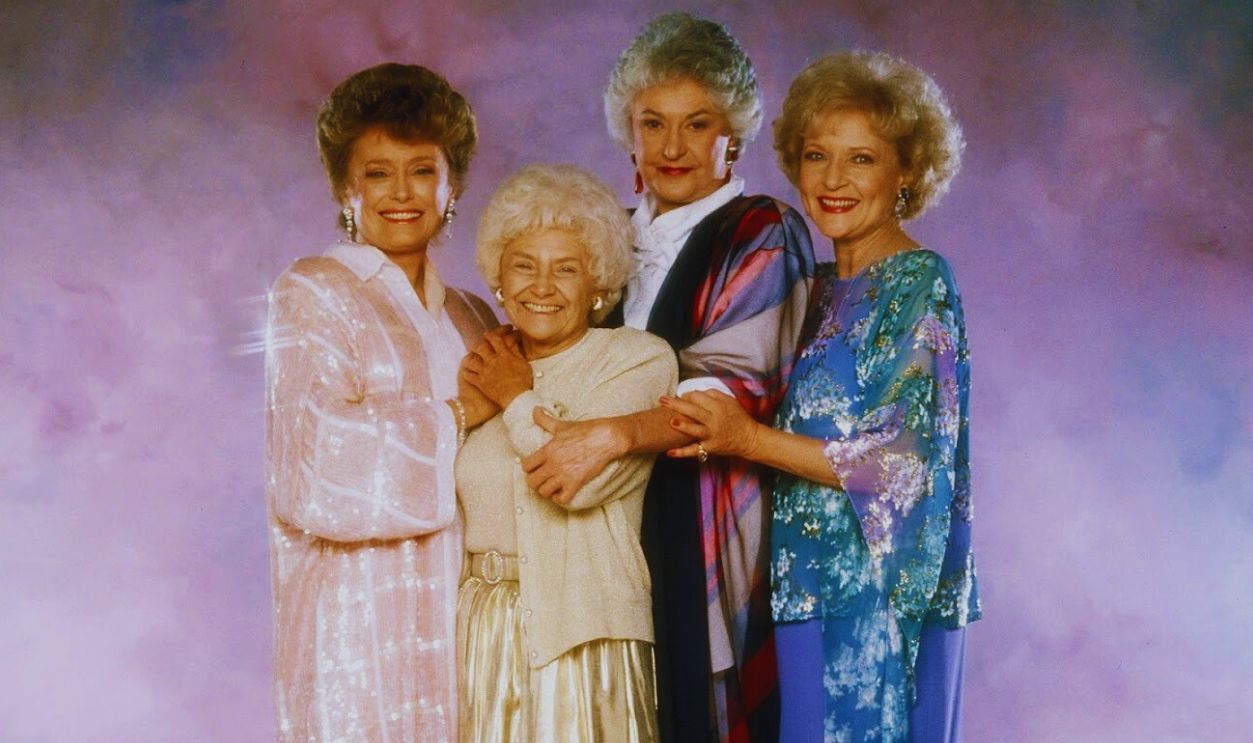 NBC, The Golden Girls (1985–1992)
NBC, The Golden Girls (1985–1992)
Over 100 Cheesecakes Were Shared On-Screen
Across seven seasons, the cast shared more than 100 cheesecakes during filming. Those late-night dessert scenes became a symbol of female friendship and emotional honesty. Each slice represented comfort and the kind of unfiltered heart-to-heart conversations that defined the show’s lasting appeal.
 NBC, The Golden Girls (1985–1992)
NBC, The Golden Girls (1985–1992)
A Real House Was Used For Exteriors
For Season One, the exterior shots of the Golden Girls' home were filmed at a genuine residence located at 245 North Saltair Avenue, Brentwood, California. Subsequent seasons shifted exterior filming to a replica built in Orlando, Florida. Over time, that replica became a fan attraction before being demolished in 2003 to make way for new park developments.
 Mansions and Millionaires: Take a Tour of the Iconic ‘Golden Girls’ House! by extratv
Mansions and Millionaires: Take a Tour of the Iconic ‘Golden Girls’ House! by extratv
Dorothy’s Background Changed
In the pilot episode, Dorothy Zbornak mentions being from Queens, but later scripts firmly place her upbringing in Brooklyn. The shift likely came as writers refined her backstory to fit her working-class personality. The adjustment was minor but helped solidify Dorothy’s authentic New York character voice.
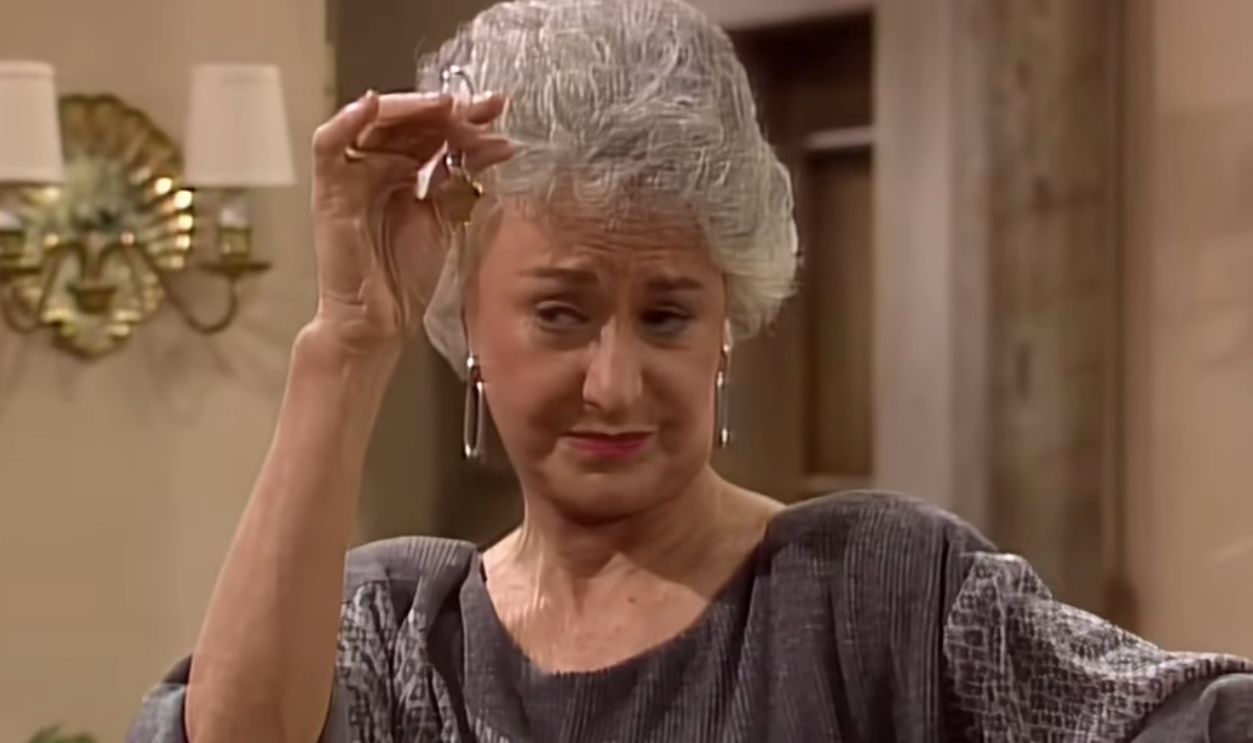 NBC, The Golden Girls (1985–1992)
NBC, The Golden Girls (1985–1992)
Estelle Getty Was Younger Than Bea Arthur
Although Sophia was Dorothy’s mother on screen, Estelle Getty was actually one year younger than Bea Arthur in real life. With the help of skillful makeup, wigs, and costume design, Getty convincingly portrayed a woman twenty years her senior and proved that great acting and artistry can completely transform perception.
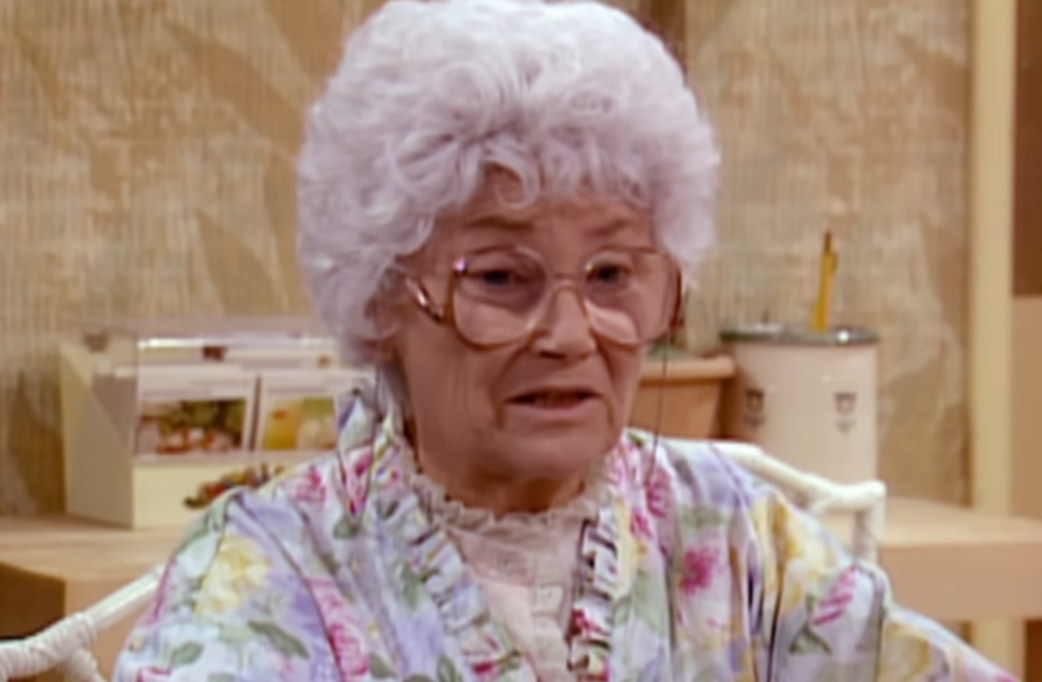 NBC, The Golden Girls (1985–1992)
NBC, The Golden Girls (1985–1992)
Bea Arthur Served In The Marines
Bea Arthur was one of the first women to enlist in the US Marine Corps Women’s Reserve during WWII. Between 1943 and 1945, she worked as a typist, transport dispatcher, and even drove trucks, rising to the rank of Staff Sergeant. After the war, she left military life to pursue theater and eventually became the television icon many remember.
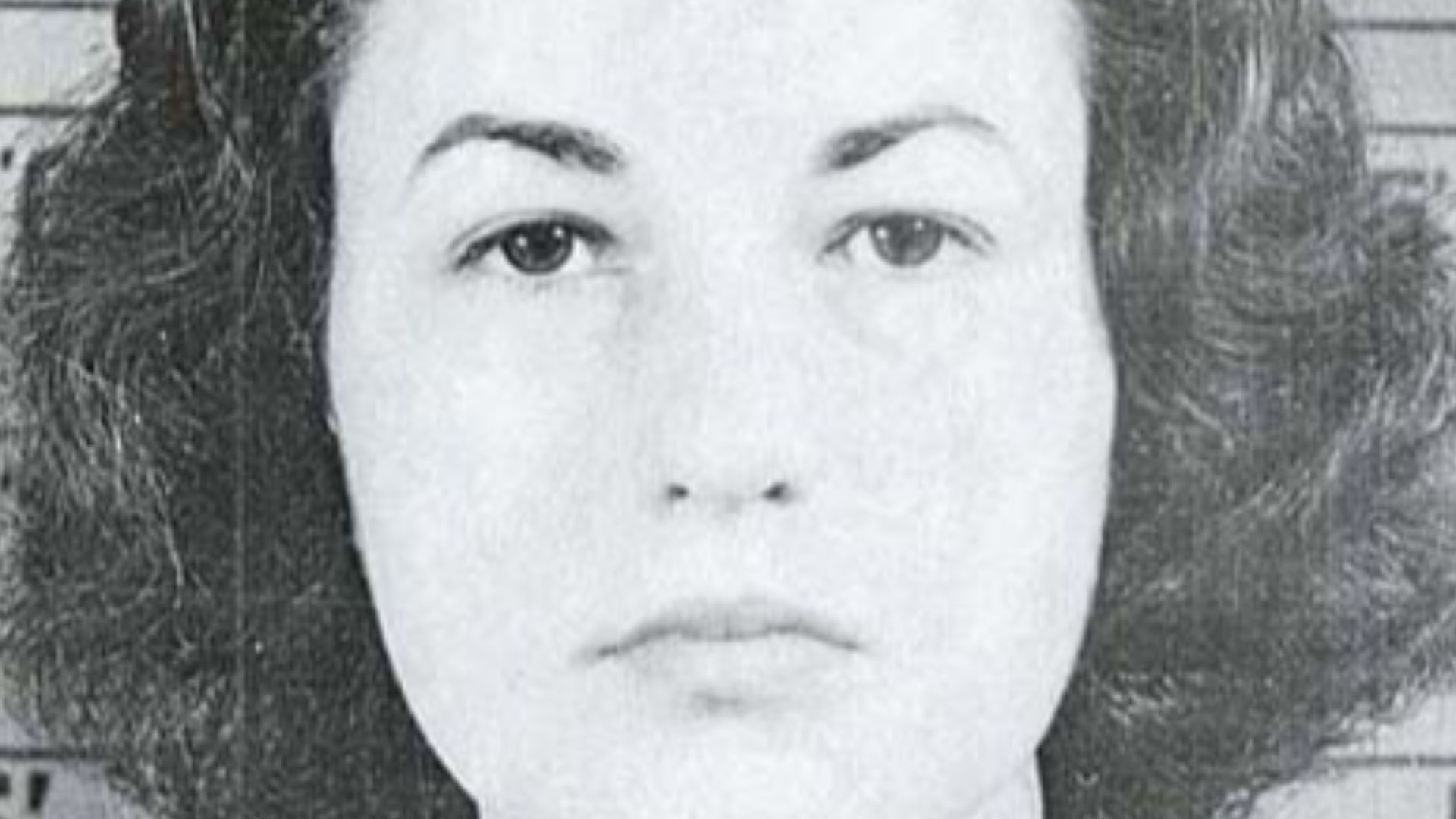 United States Marine Corps photographer, Wikimedia Commons
United States Marine Corps photographer, Wikimedia Commons
All Four Leads Won Emmys
The Golden Girls achieved rare awards prestige: each of its four main actresses—Bea Arthur, Betty White, Rue McClanahan, and Estelle Getty—won at least one Emmy for their roles. That milestone places the show among a very small group of sitcoms whose entire principal cast has received Emmy recognition.
Blanche’s Last Name Changed After The Pilot
In the series pilot, Blanche introduced herself as Blanche Hollingsworth, but later episodes corrected her name to Blanche Elizabeth Devereaux. Writers later used “Hollingsworth” as her maiden name to fix the continuity. The change went unnoticed by many viewers, yet it revealed how early scripts were still evolving.
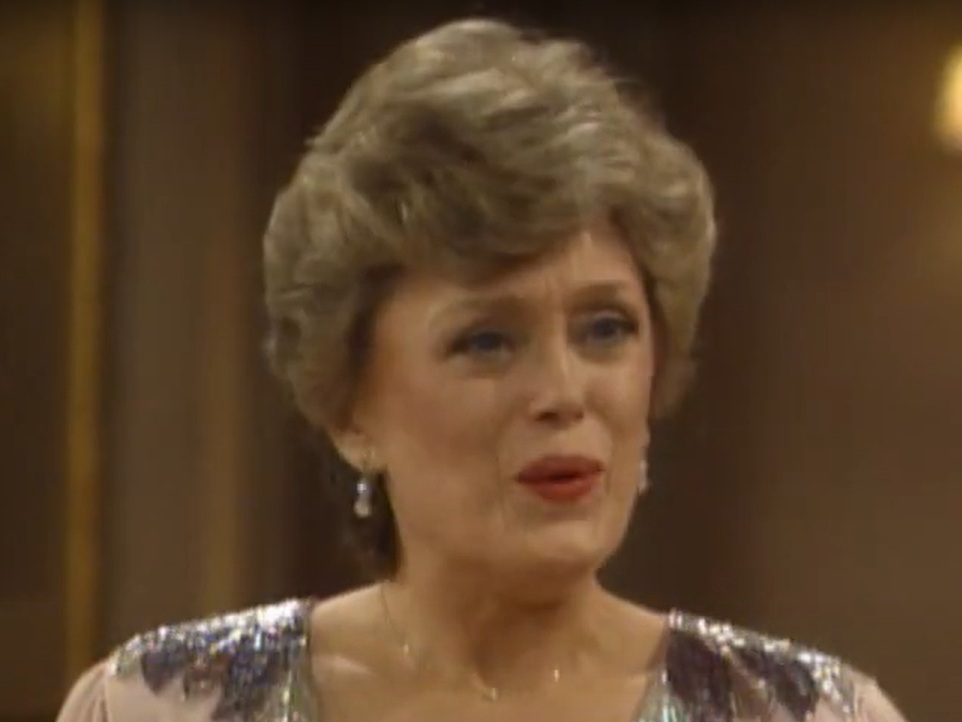 NBC, The Golden Girls (1985-1992)
NBC, The Golden Girls (1985-1992)
Getty’s Facelift Made Aging Makeup Harder
Between seasons one and two, Estelle Getty underwent a facelift that made her transformation into Sophia even more challenging. The makeup team, already spending nearly an hour aging her, had to adjust their entire process. Despite the setback, Getty’s performance remained sharp and perfectly in character.
 NBC, The Golden Girls (1985–1992)
NBC, The Golden Girls (1985–1992)
Bea Arthur Disliked Cheesecake
Despite countless cheesecake scenes, Bea Arthur didn’t actually enjoy eating it. The show’s on-set chef revealed she often avoided real bites during takes. It’s ironic that television’s most famous comfort dessert became a comedic centerpiece, even though one of its most recognizable stars wasn’t fond of the flavor.
 NBC, The Golden Girls (1985–1992)
NBC, The Golden Girls (1985–1992)
Rue McClanahan Created Blanche’s Accent
The soft Southern drawl that made Blanche Devereaux unforgettable wasn’t in the script. It was Rue McClanahan’s idea, inspired by her Oklahoma roots and love for Southern charm. That creative choice added depth and charisma, and turned Blanche into a timeless television archetype of elegance and wit.
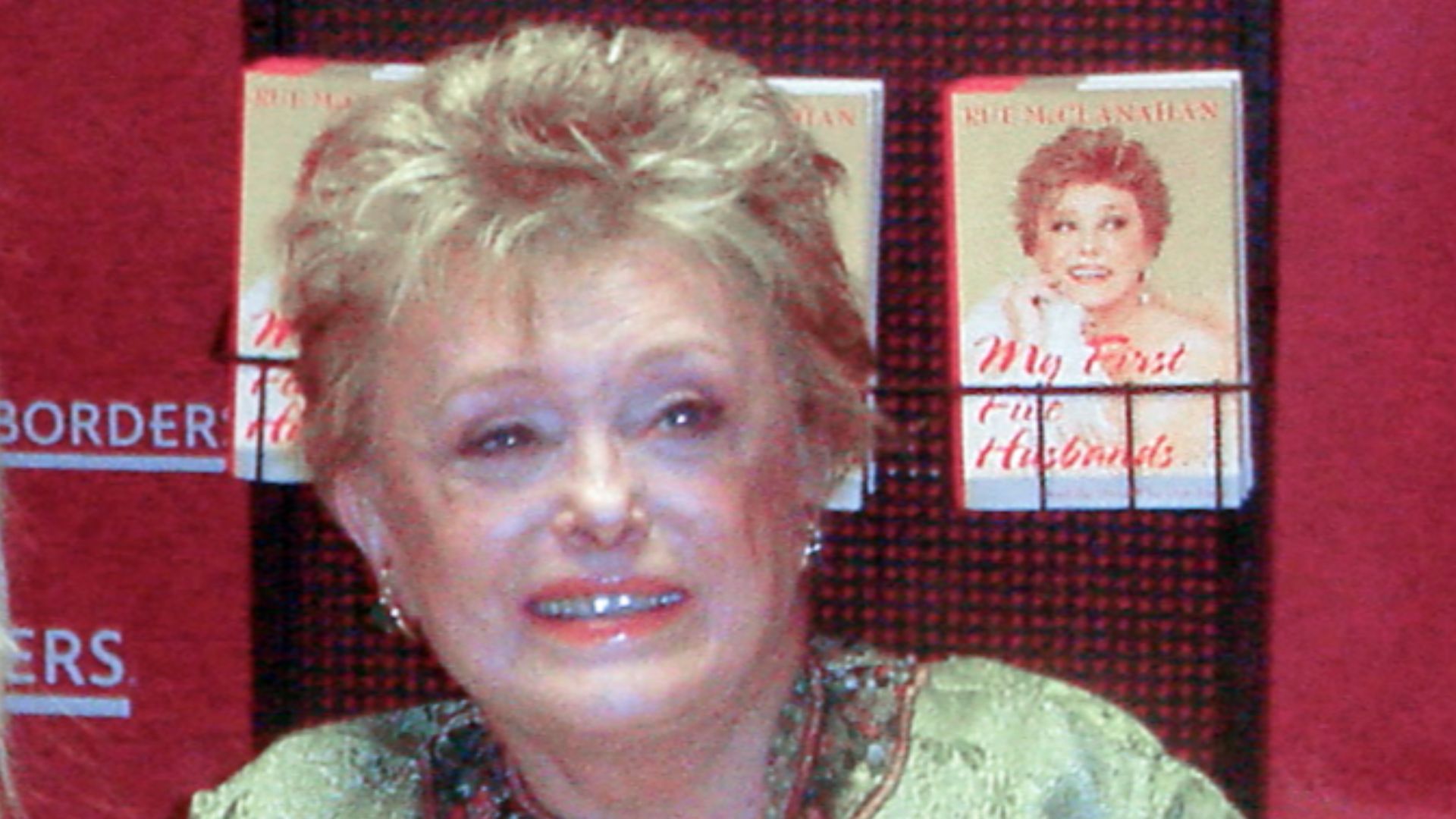 Kevin Buckstiegel, Wikimedia Commons
Kevin Buckstiegel, Wikimedia Commons
Betty White And Rue McClanahan Switched Roles
Producers originally cast Betty White as Blanche and Rue McClanahan as Rose, mirroring their earlier television personas. Worried about typecasting, the two actresses switched roles before shooting began. The change proved brilliant and gave the show its perfect balance of sarcasm and warmth that audiences adored.
 NBC, The Golden Girls (1985–1992)
NBC, The Golden Girls (1985–1992)
The Kitchen Only Had Three Chairs
Set designers intentionally placed only three chairs around the kitchen table to avoid awkward camera angles. This clever layout ensured one actress could stand or move naturally, keeping every shot dynamic and visually balanced.
 NBC, The Golden Girls (1985–1992)
NBC, The Golden Girls (1985–1992)
The Kitchen Only Had Three Chairs (Cont.)
The design also made conversations feel intimate, highlighting the emotional rhythm of late-night cheesecake talks that became the show’s heart. Viewers rarely noticed this subtle trick, but it quietly shaped the series’ signature sense of cozy, comedic closeness.
 NBC, The Golden Girls (1985–1992)
NBC, The Golden Girls (1985–1992)
Estelle Getty Battled Stage Fright
Despite playing the fearless Sophia, Estelle Getty suffered from severe stage fright. She often froze during live tapings, overwhelmed by audience energy. Co-stars and crew supported her patiently, ensuring she felt confident before filming.
 NBC, The Golden Girls (1985–1992)
NBC, The Golden Girls (1985–1992)
Betty White Was The Oldest And Outlived The Rest
Born in 1922, Betty White was the eldest of the four and ultimately the last surviving member of the beloved cast. Her remarkable longevity added a poignant chapter to the show’s enduring legacy. Outliving Estelle Getty, Bea Arthur, and Rue McClanahan, she continued to work on the screen well into her nineties.
 NBC, The Golden Girls (1985–1992)
NBC, The Golden Girls (1985–1992)
Betty White Was The Oldest And Outlived The Rest (Cont.)
Throughout her career, White earned new generations of fans through her sharp wit and comedic timing. When she passed away in late 2021, just shy of her 100th birthday, admirers across the world honored her as television’s eternal optimist—radiant and unforgettable.
Queen Elizabeth’s Mother Was A Fan
The Queen Mother of England was such an avid Golden Girls fan that they performed a scene for her, Princess Margaret, and Queen Elizabeth at the London Palladium in 1988. The event became a delightful intersection of British royalty and American comedy. According to reports, the Queen Mother adored the show’s wit and spirit.
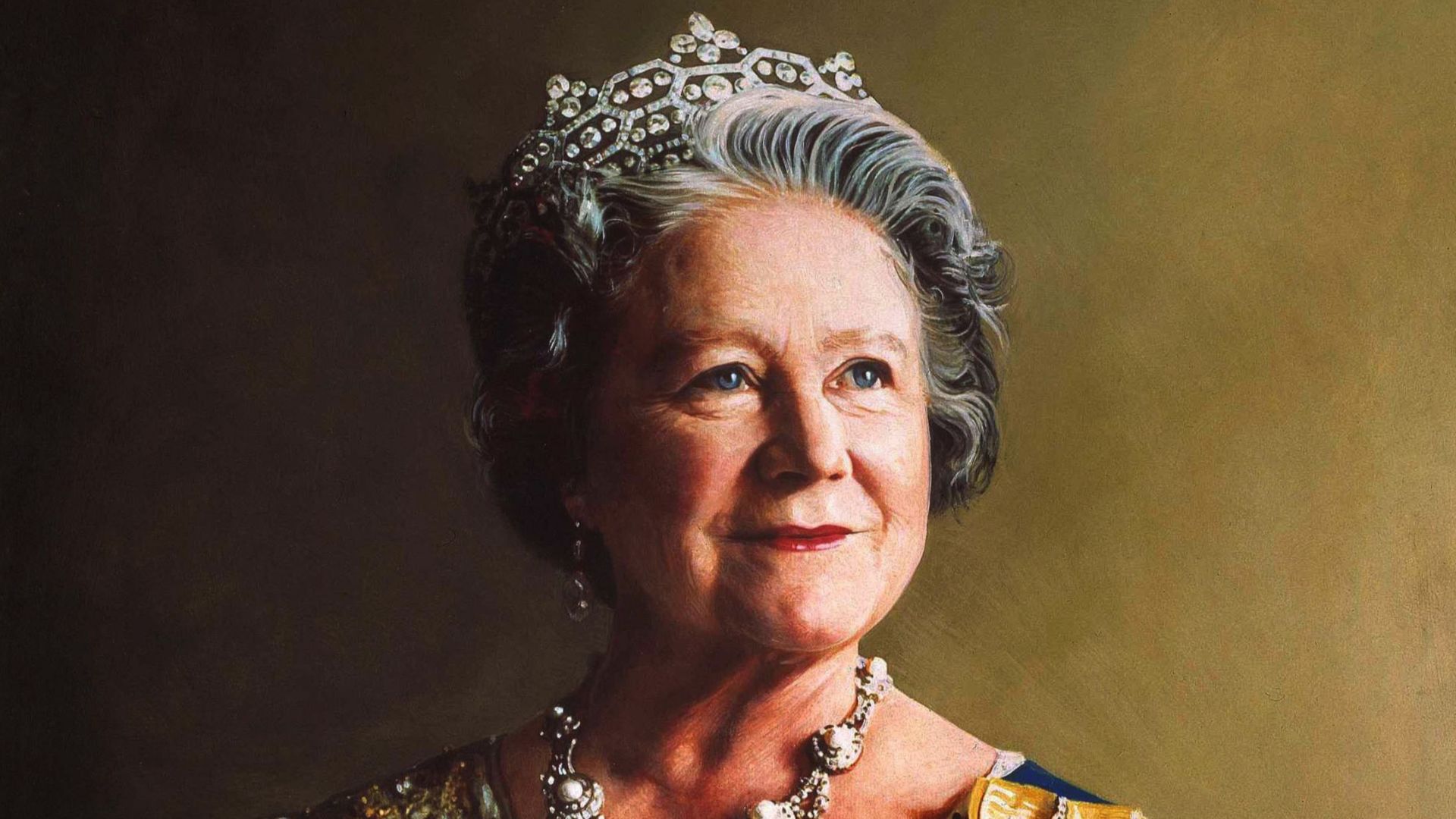 Richard Stone, Wikimedia Commons
Richard Stone, Wikimedia Commons
Bea Arthur’s Earrings Were Clip-Ons
Bea Arthur never had her ears pierced, meaning every pair of Dorothy Zbornak’s bold earrings was a clip-on. Costume designers chose oversized, eye-catching pieces that complemented her character’s sharp style.
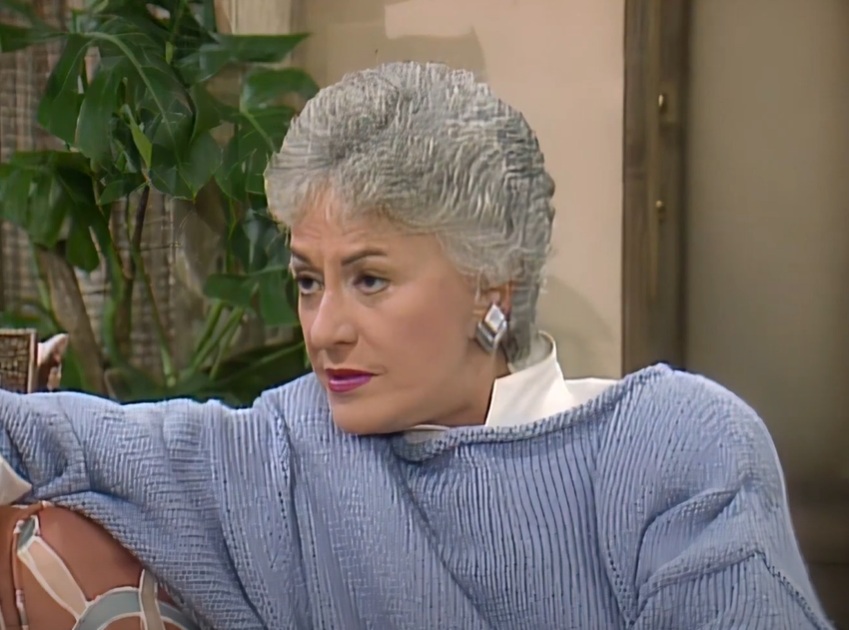 NBC, The Golden Girls (1985-1992)
NBC, The Golden Girls (1985-1992)
Bea Arthur’s Earrings Were Clip-Ons (Cont.)
Arthur once joked that after a full day of shooting, her ears would go numb. This highlights how even subtle costume elements helped define Dorothy’s confident, no-nonsense persona. Such a detail added visual strength to her presence while reflecting Arthur’s own distinct flair for understated elegance.
 NBC, The Golden Girls (1985–1992)
NBC, The Golden Girls (1985–1992)
The Show Tackled Taboo Topics
Long before inclusivity became a television norm, The Golden Girls addressed issues rarely explored on 1980s network TV. Episodes discussed HIV awareness, aging, and women’s financial independence—always with empathy and humor. The series approached these subjects through heartfelt storylines that balanced laughter with social reflection.
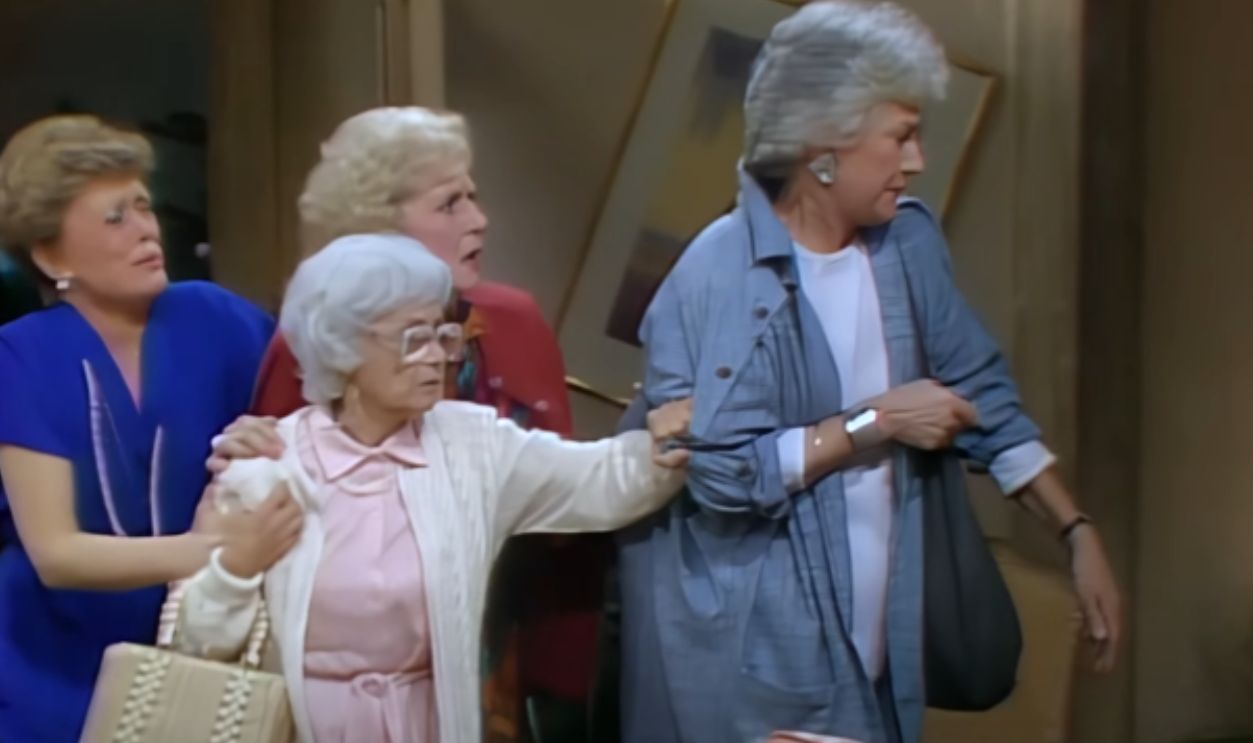 NBC, The Golden Girls (1985–1992)
NBC, The Golden Girls (1985–1992)
The Golden Palace Was A Short-Lived Spin-Off
After Bea Arthur left the series, CBS launched The Golden Palace in 1992, featuring Betty White, Rue McClanahan, and Estelle Getty running a Miami hotel. Despite strong performances, the show lasted only one season. Viewers missed the chemistry of the original foursome, and critics noted the absence of Arthur’s grounding presence.
 CBS, The Golden Palace (1992–1993)
CBS, The Golden Palace (1992–1993)
Bea Arthur’s Exit Ended The Series
By the end of season seven, Bea Arthur decided to leave the show, feeling Dorothy’s story had naturally concluded. Rather than replace her, producers ended The Golden Girls on a high note, with Dorothy marrying and moving away. The finale drew massive viewership, ranking among television’s most-watched goodbyes.
 NBC, The Golden Girls (1985–1992)
NBC, The Golden Girls (1985–1992)
Rue McClanahan Kept Blanche’s Wardrobe
Rue McClanahan had a unique clause in her contract that allowed her to keep Blanche Devereaux’s designer wardrobe after filming. She reportedly filled multiple closets in her Manhattan home with the character’s silk robes, heels, and statement jewelry.
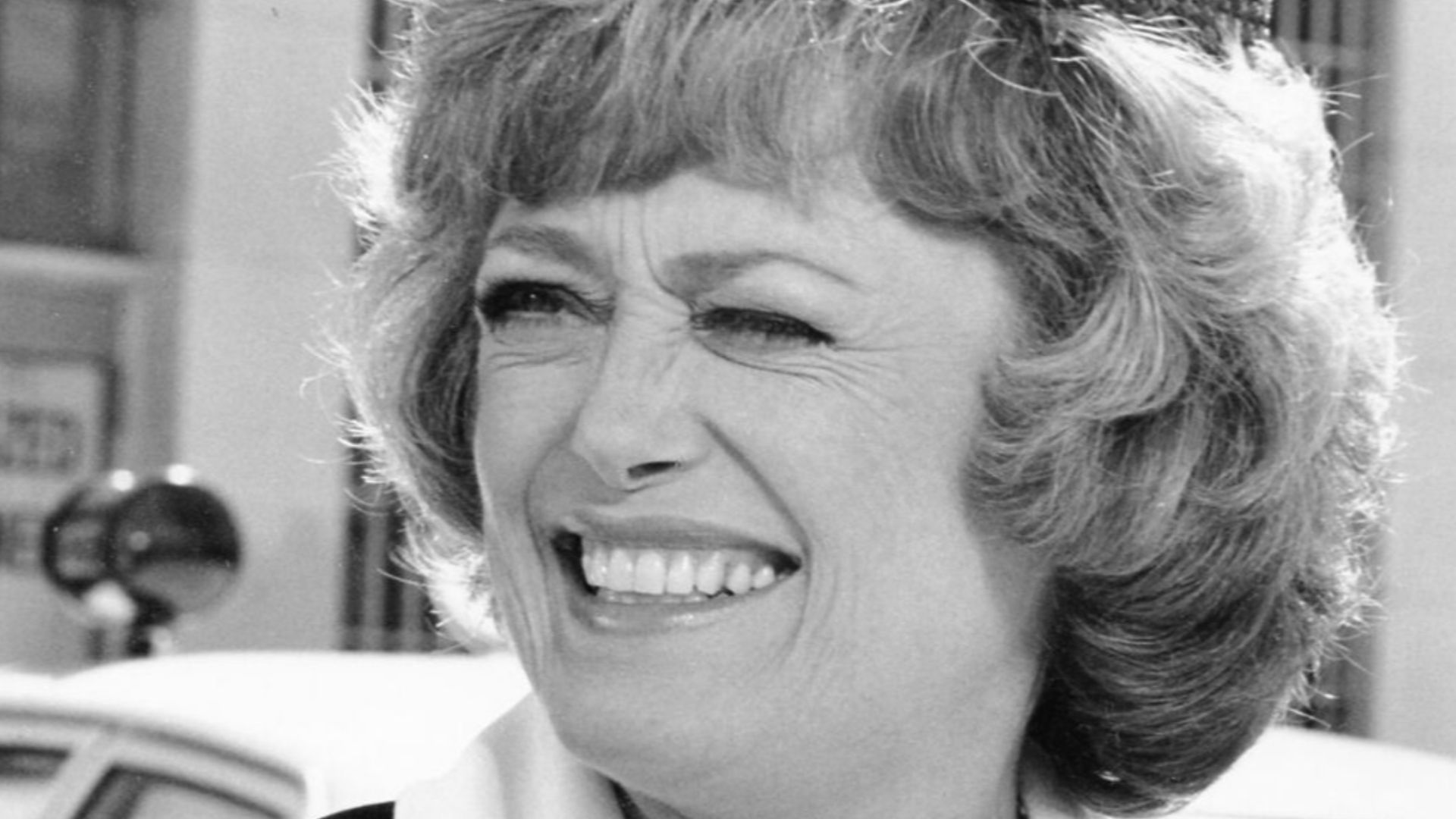 Studio Publicity, Wikimedia Commons
Studio Publicity, Wikimedia Commons
Rue McClanahan Kept Blanche’s Wardrobe (Cont.)
McClanahan cherished these pieces as personal mementos of a role that celebrated femininity and confidence. Her fondness for Blanche’s clothes reflected the same spirit of self-expression that made her character—and the show itself—so vibrantly stylish and memorable.
 NBC, The Golden Girls (1985–1992)
NBC, The Golden Girls (1985–1992)
Estelle Getty Relied On Cue Cards
As filming progressed, Estelle Getty began struggling with memory lapses that affected her ability to recall lines. To help her stay on track, the crew discreetly placed cue cards on set. Getty’s professionalism and determination kept her performance seamless to audiences. Years later, her health struggles were publicly linked to Lewy body dementia.
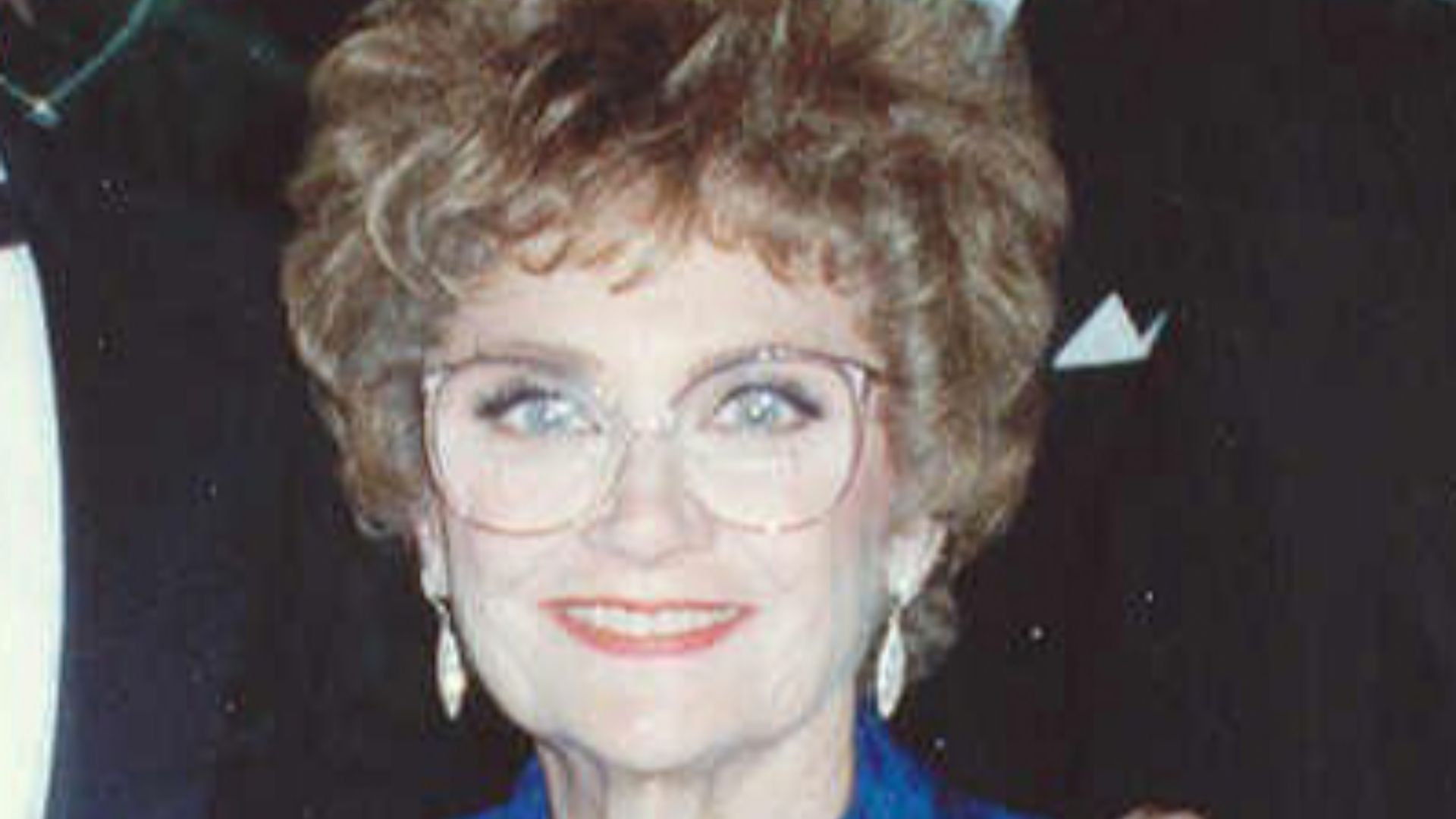 Photo by Alan Light, Wikimedia Commons
Photo by Alan Light, Wikimedia Commons
Rue McClanahan Said The Cast Weren’t Close
In interviews, Rue McClanahan admitted the cast wasn’t especially close off camera, except for her friendship with Betty White. She emphasized that while their chemistry was undeniable on screen, they lived very different lives off set.
 NBC, The Golden Girls (1985–1992)
NBC, The Golden Girls (1985–1992)
Betty White Played Rose On Four Series
Betty White portrayed Rose Nylund across four shows—The Golden Girls, Empty Nest, Nurses, and The Golden Palace. This rare crossover linked several sitcom universes into one Miami neighborhood. Her consistency as Rose connected audiences across multiple series, proving her character’s warmth could elevate any show’s format.
The Pilot Drew 25 Million Viewers
When The Golden Girls premiered in 1985, over 25 million viewers tuned in, making it the #1-rated show that week. Its immediate success surprised NBC executives and proved that viewers were ready for witty, mature storytelling centered on older women in a bold and unprecedented move for primetime television.
 Photo By: Kaboompics.com, Pexels
Photo By: Kaboompics.com, Pexels
Bea Arthur’s Son Made A Cameo
Bea Arthur’s adopted son, Matthew Saks, appeared briefly in Season Seven’s “The Monkey Show” as Cop #2. His small role delighted fans who later learned of the connection. The cameo symbolized Arthur’s dedication to her family and offered a subtle, heartfelt touch to the show’s final season.
 NBC, The Golden Girls (1985–1992)
NBC, The Golden Girls (1985–1992)
A Global Smash Hit
Broadcast in over 60 countries, The Golden Girls charmed audiences far beyond the United States. Its success inspired international remakes in the UK, Greece, Mexico, Russia, and the Netherlands. Despite cultural differences, its universal humor about friendship and love resonated with viewers around the world.
 NBC, The Golden Girls (1985–1992)
NBC, The Golden Girls (1985–1992)
One Of The First Sitcoms With LGBTQ+ Characters
The show made history by portraying openly gay and lesbian characters, such as Blanche’s brother Clayton and Rose’s friend Jean. These storylines handled these topics with sensitivity and humor, challenging social norms of the 1980s while promoting understanding and acceptance on mainstream American television.
 NBC, The Golden Girls (1985–1992)
NBC, The Golden Girls (1985–1992)
George Clooney Guest-Starred As A Cop
Before becoming a Hollywood icon, George Clooney appeared in Season Two’s “To Catch a Neighbor”. Playing a young police officer, his character teamed up with the women to catch jewel thieves. The brief appearance became a favorite trivia fact among fans discovering his early television work.
 NBC, The Golden Girls (1985–1992)
NBC, The Golden Girls (1985–1992)
Rue McClanahan Opposed The Spin-Off
When The Golden Palace was proposed after Bea Arthur’s exit, Rue McClanahan wasn’t enthusiastic. She believed the chemistry of the four women couldn’t be replicated and suggested adding a new roommate instead. Producers briefly considered Doris Roberts before continuing with the spin-off.
 CBS, The Golden Palace (1992–1993)
CBS, The Golden Palace (1992–1993)
Rue McClanahan Opposed The Spin-Off (Cont.)
Though McClanahan later supported the project, she acknowledged it lacked the same spark that made the original series extraordinary. Fans agreed, and the show’s short run proved how rare their on-screen magic truly was.
 CBS, The Golden Palace (1992–1993)
CBS, The Golden Palace (1992–1993)
The Show Featured “Unseen” Characters
Throughout the series, several characters were frequently mentioned but never appeared on screen, a classic sitcom technique that fueled imagination and humor. Names like Rose’s St Olaf friends and Sophia’s unseen acquaintances became part of the show’s mythology.
 NBC, The Golden Girls (1985–1992)
NBC, The Golden Girls (1985–1992)
The Show Featured “Unseen” Characters (Cont.)
These invisible personalities allowed writers to expand storylines without overcomplicating production, adding texture and continuity. Audiences grew to “know” them despite never seeing their faces, showcasing how The Golden Girls created a full world beyond its four main characters.
 NBC, The Golden Girls (1985–1992)
NBC, The Golden Girls (1985–1992)
NBC Softened Raunchy Jokes
At this time, television censorship was strict, but The Golden Girls regularly tested boundaries with adult humor. NBC’s Standards and Practices department often requested script revisions to tone down suggestive jokes, especially for Blanche.
 BetacommandBot, Wikimedia Commons
BetacommandBot, Wikimedia Commons
NBC Softened Raunchy Jokes (Cont.)
Rather than lose their wit, writers cleverly rewrote punchlines to maintain double meanings. This balance between network approval and creative expression helped the show stay daring and funny while remaining suitable for mainstream audiences in an impressive feat for 1980s primetime comedy.
Sophia Got The Raciest Lines For A Reason
Sophia’s quick comebacks weren’t just comic relief—they were character-driven. Writers gave her the sharpest, most outrageous dialogue because her post-stroke backstory justified her lack of verbal filter. This allowed the show to address taboo subjects through humor without offending audiences.
 NBC, The Golden Girls (1985–1992)
NBC, The Golden Girls (1985–1992)
Sophia Got The Raciest Lines For A Reason (Cont.)
Estelle Getty’s timing made every quip unforgettable by turning Sophia into one of television’s most beloved truth-tellers. Behind the laughter was thoughtful writing that used comedy to explore aging and the freedom that comes with it.
 NBC, The Golden Girls (1985–1992)
NBC, The Golden Girls (1985–1992)
Blanche Was Named After Blanche DuBois
Blanche Devereaux’s name and personality were inspired by Blanche DuBois, the tragic Southern belle from A Streetcar Named Desire. Creator Susan Harris and actress Rue McClanahan drew upon that archetype, transforming her into a lighter, more self-assured version filled with warmth and humor.
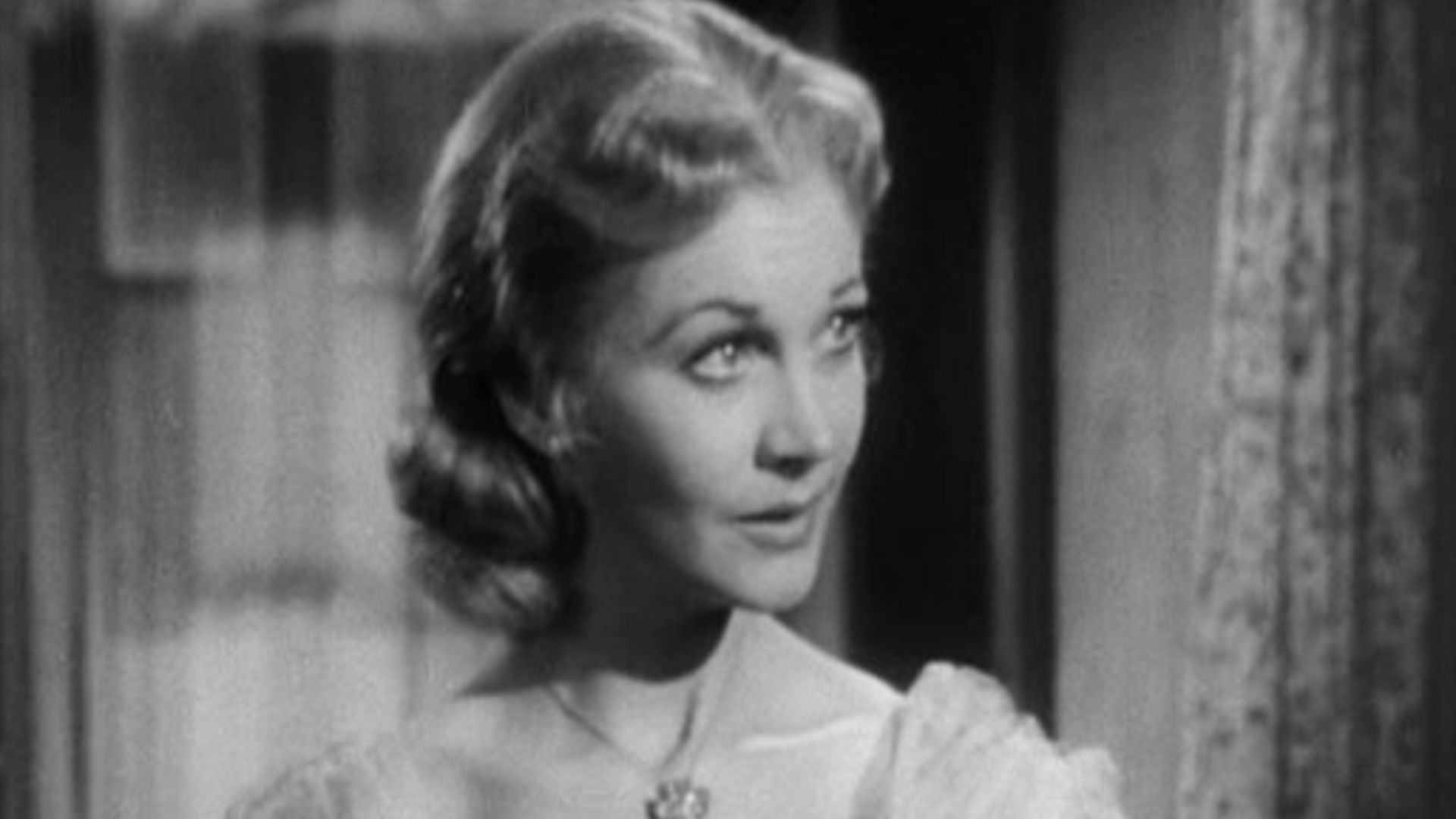 Trailer screenshot, Wikimedia Commons
Trailer screenshot, Wikimedia Commons
Blanche Was Named After Blanche DuBois (Cont.)
The homage added literary depth to Blanche’s character, blending vulnerability with vanity. While DuBois represented fragility, Devereaux represented resilience—proof that the “Southern belle” archetype could be reimagined as bold, witty, and unapologetically modern.
 NBC, The Golden Girls (1985–1992)
NBC, The Golden Girls (1985–1992)
All Four Stars Appeared In Every Episode
Unlike most ensemble sitcoms, The Golden Girls featured its four leads—Bea Arthur, Betty White, Rue McClanahan, and Estelle Getty—in all 180 episodes. That consistency helped maintain the show’s emotional rhythm and comedic timing. Their perfect balance prevented filler storylines and kept audiences invested.
 NBC, The Golden Girls (1985–1992)
NBC, The Golden Girls (1985–1992)

